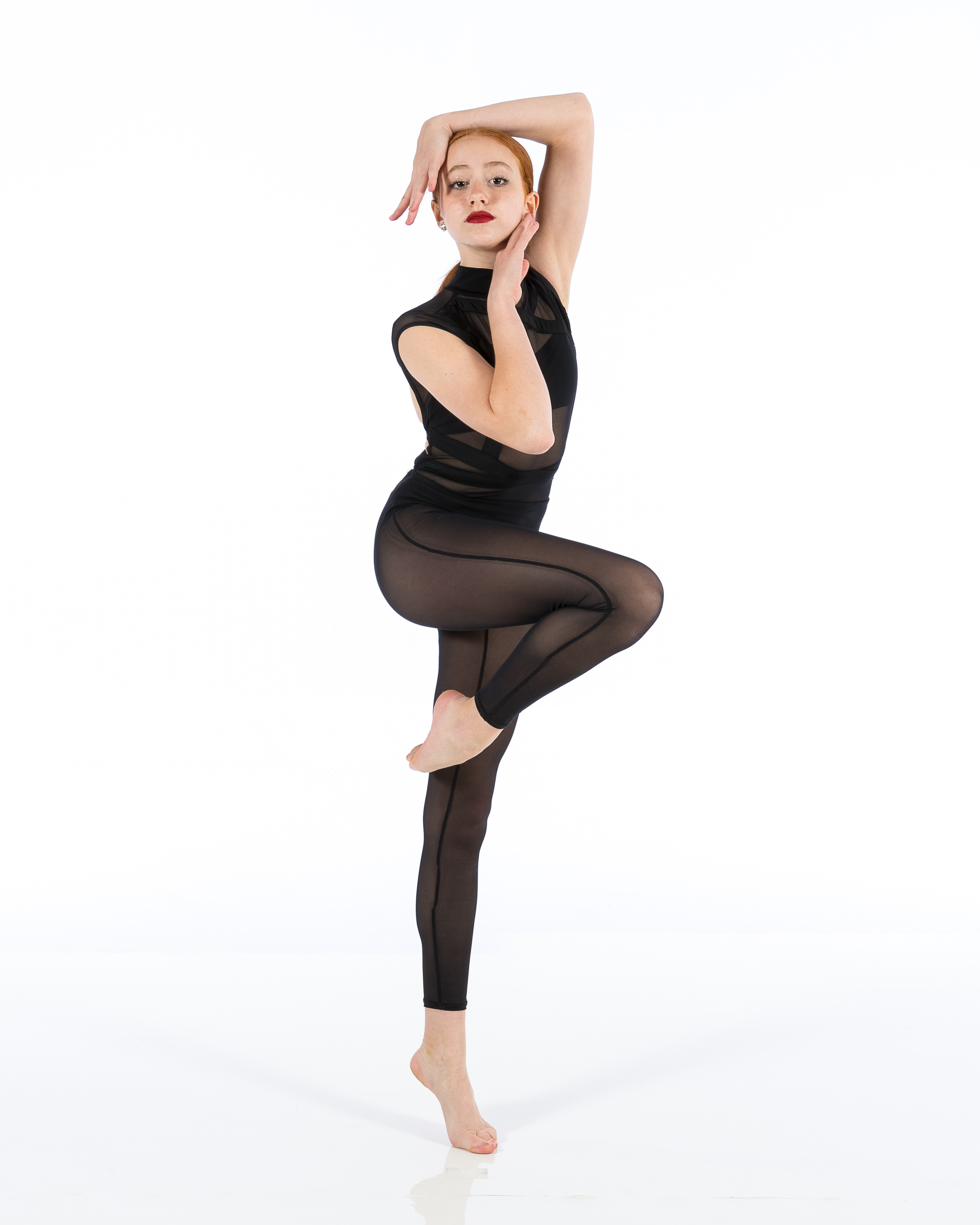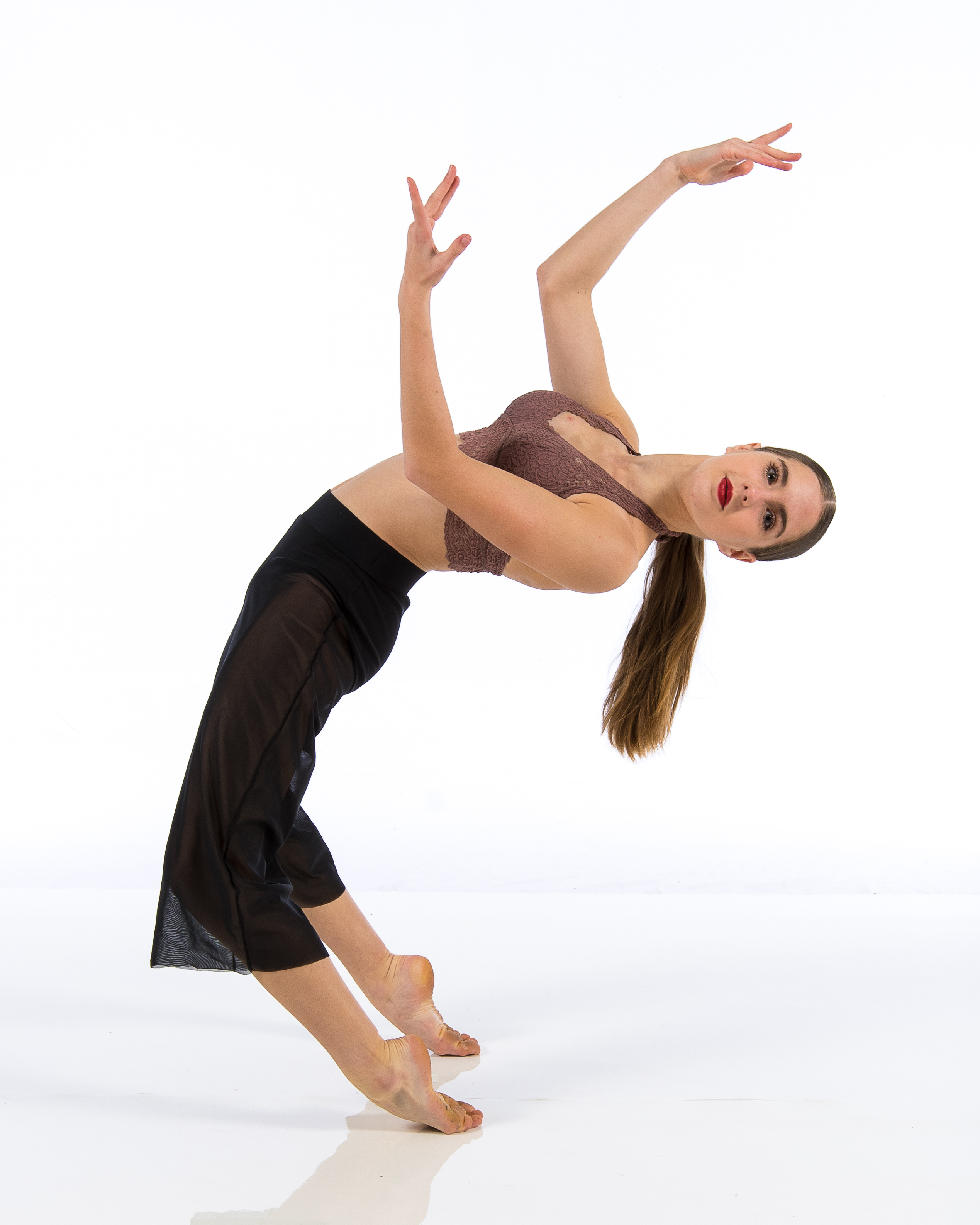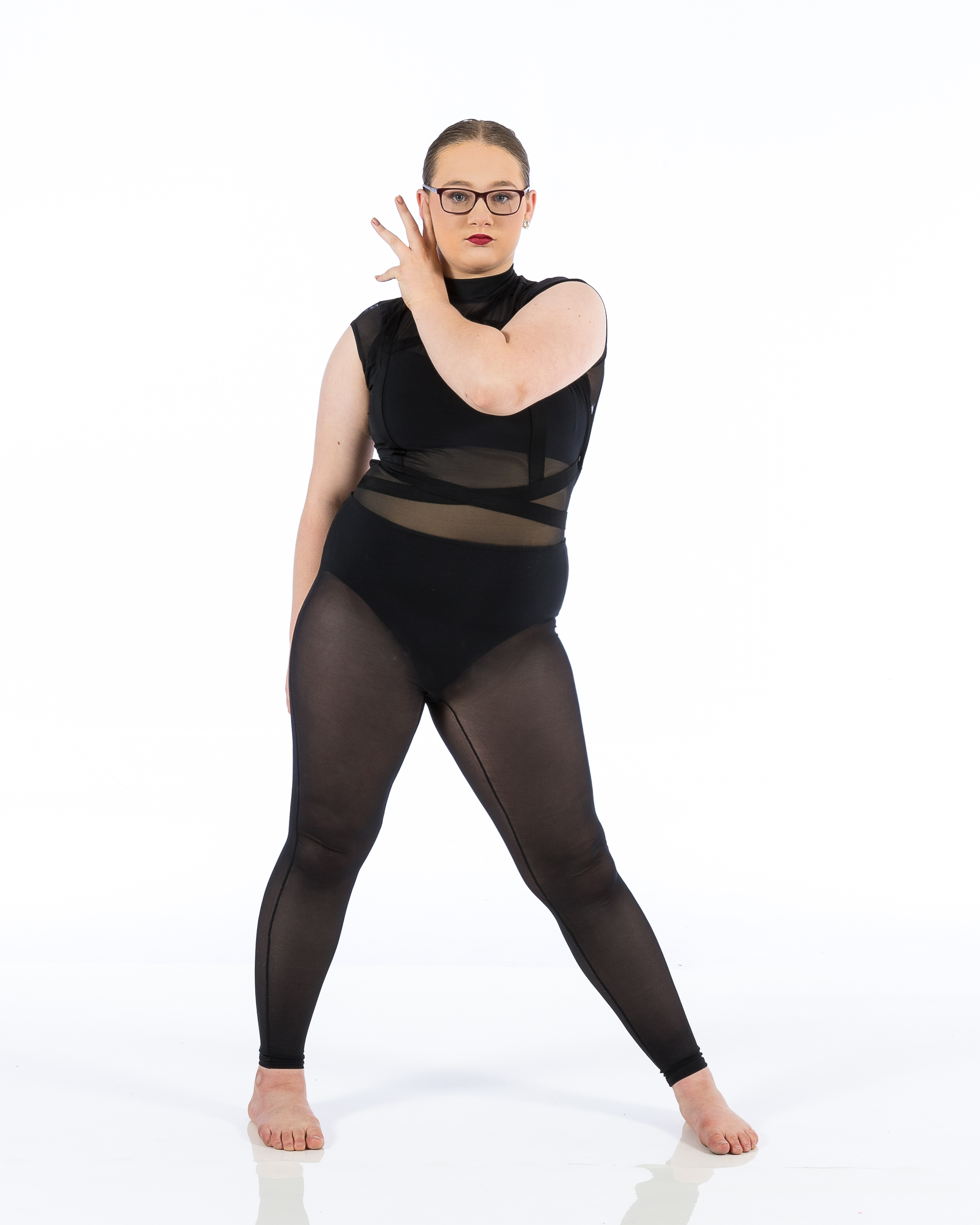Introduction
Dancing is more than just a form of expression; it's an art that requires not only passion and skill but also the right equipment. Among these essential tools, footwear plays a crucial role in ensuring safety, performance, and comfort in the dance studio. In this article, we'll discuss the importance of proper footwear choices that enhance safety in the dance studio and how selecting the right shoes can make all the difference. We’ll delve into different types of dance shoes, their features, and tips for choosing the best ones for your needs.
Proper Footwear Choices That Enhance Safety in the Dance Studio
When it comes to dancing, your feet are your foundation. Choosing proper footwear isn't just about style—it's about safeguarding yourself from injuries while allowing freedom of movement. Think about it: would you wear flip-flops to a marathon? Absolutely not! Similarly, wearing inappropriate shoes in a dance studio can lead to all sorts of mishaps.
Why Is Footwear Important in Dance?
Footwear is important in dance for several reasons:
Support: Good dance shoes provide support to your arches and heels. Grip: Shoes designed for dancing help you maintain grip on surfaces. Flexibility: You need shoes that allow for natural foot movement. Protection: The right footwear protects against injuries.Choosing suitable shoes tailored to your dance style can significantly enhance performance and reduce injury risks.
Types of Dance Shoes Available
In a typical dance studio, you'll find various types of dance shoes designed specifically for different styles. Let's break them down:
Ballet Shoes
- Material: Typically made from canvas or leather. Design: Soft-soled with little to no heel. Benefits: Allows flexibility and a full range of motion.
Ballet shoes are essential if you're pirouetting across the floor or gracefully executing pliés. They provide that delicate balance between comfort and support.
Jazz Shoes
- Material: Often constructed from leather or synthetic materials. Design: Feature a rubber sole with slight padding. Benefits: Provide excellent grip without sacrificing flexibility.
Jazz shoes are perfect for those who want to add some flair to their performance while keeping safe on their toes!
Tap Shoes
- Material: Usually made from leather with metal plates on the soles. Design: Feature hard soles that create sound when tapped. Benefits: Great for rhythm-focused dancing.
Tap shoes might sound like a clunky choice, but they’re vital for any aspiring tap dancer looking to make some noise—literally!
Character Shoes
- Material: Commonly made from leather or suede. Design: Heels ranging from 1–3 inches high. Benefits: Provides structure while adding elegance.
Character shoes bring out your inner Broadway star! These versatile options are suitable for both performances and rehearsals.
Hip-Hop Sneakers
- Material: Typically made from breathable fabric with rubber soles. Design: Chunky yet stylish with substantial support. Benefits: Designed for dynamic movements without compromising safety.
If you're breaking it down on the dance floor, hip-hop sneakers are your go-to option!
Features to Look For When Choosing Dance Footwear
So now that we've discussed various shoe types, what features should you be on the lookout for? Here’s what you need:

How Do Different Dance Styles Affect Shoe Choice?
Different styles call for specialized shoes tailored to their unique movements. Here’s how various genres dictate footwear:
Ballet vs Jazz vs Tap vs Hip-Hop
While ballet demands precision and flexibility through softer materials like canvas or leather, jazz dancers require something more robust but still flexible enough for quick turns and jumps. Tap dancers need harder soles to create sound, while hip-hop dancers benefit from sneakers that can handle sudden stops and swift movements.
Common Mistakes When Choosing Dance Shoes
Selecting footwear may seem straightforward, but many dancers make common mistakes:
Buying Stylish Over Practical: Sure, they look great—but do they perform well? Ignoring Fit: Shoes should feel like a second skin—not suffocating! Neglecting Purpose: Each genre requires specific features; don’t mix them up! Waiting Too Long To Replace Worn-Out Shoes: Old shoes lose support quickly—don't risk injury!By avoiding these pitfalls, you'll be one step closer to mastering those moves safely!
The Role of Sole Material in Dance Footwear Safety
The material used in shoe soles can significantly impact dance studio safety:
| Sole Type | Description | Pros | Cons | |-----------------|-----------------------------------------------------|-------------------------------|--------------------------------| | Leather | Durable yet flexible | Excellent support | Can be slippery on certain floors | | Rubber | Offers great grip | Shock absorption | May wear out faster | | Suede | Offers controlled slides | Good for turns | Not ideal for wet conditions | | Canvas | Lightweight and breathable | Comfortable | Less protection |
Understanding these variations helps dancers choose wisely based on their specific studio environment!
FAQ Section
1. What type of shoe is best for beginners?
Beginner dancers often benefit most from ballet slippers as they're lightweight and provide good flexibility.
2. Can I use regular sneakers in a dance studio?
While regular sneakers might suffice occasionally, they're not designed specifically for dancing and could increase injury risk due to poor support or grip.
3. How often should I replace my dance shoes?
Typically, replacing them every 6–12 months is advisable depending on usage frequency—don't wait until they're falling apart!
4. Should I try my shoes before buying?
Yes! Always try them on; walk around or even do some basic moves if possible—the right fit makes all the difference!
5. Are expensive dance shoes worth it?
Quality often correlates with price; investing in well-made shoes typically leads to better performance and fewer injuries down the line.

6. Can I wear my street shoes inside the studio?
It's best practice not to wear street shoes inside studios as dirt can damage flooring—and nobody wants that headache!
Conclusion
Choosing proper footwear choices that enhance safety in the dance studio is paramount—not just about looking good but ensuring longevity in your dancing career (and keeping those pesky injuries at bay). Whether you're leaping across stages or taking casual classes at your local studio, remember that each shoe type serves its purpose uniquely tailored towards specific styles!
So next time you lace-up (or slip-on), think carefully about how those choices impact not only your performance but more importantly—your well-being as an artist! After all, happy feet lead to happy dances!

And there you have it—a comprehensive guide full of insights about proper footwear choices that enhance safety in the dance studio! Now go forth, find those perfect kicks, and hit the floor with confidence!